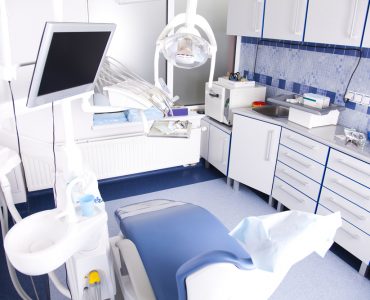A leg ulcer can be described as a condition in which an area of skin beneath the knee gets damaged and is not in the healing process for more than 6 weeks. It may be present in the form of superficial holes or craters and it’s possible to see the tissue beneath. The size, extend and its colour may vary from person to person. Majority of this condition arise as a result of impaired venous circulation in the legs. Diabetic and arterial blood ulcers are two other types of ulcers caused by diabetes and impaired arterial circulation respectively. This disease is mostly seen in old age and people who are obese and immobile are more at risk.
Symptoms
A venous leg ulcer appears as a region of hollow skin and exposing the underneath tissue. Other symptoms incude swollen ankles featured with pitting oedema, hyperpigmentation of the skin surrounding ulcer, hardening oif the surrounding skin known as lipodermatosclerosis and tiny, glisteninig spots white in colour known as atrophie blanche.
These symptoms are associated with the inadequacy in blood supply which may also result in leg pain either constant or intermittrent, sense of heaviness, pain, itching sensation, bulging, and venous eczema- a condition dur to high blood pressure causing irritation and itching of skin.
Causes
Often a persistent elevation in blood pressure (hypertension) in the leg veins act as the primary causative factor. This result in the damage, swelling, thinning and inflammation of the superficial skin and gradually turns into an ulcer.
The elevated blood pressure in most of the cases is caused by a hindrance in blood flow and is termed as venous insufficiency. Another possible reason for this is a calf-muscle pump damage that inhibits normal blood flow.
Risk factors include obesity, immobility to the extreme, history of deep vein thrombosis (DVT), presence of varicose veins, or a familial history of it, a history of leg surgery and advanced age.
Treatment
- Cleaning the ulcer
The ulcer need to be cleaned using saline water and the site should be dried. This will reduce the inflammatory progress. - Dressing the ulcer
A simple, sterile dressing will fasten the healing process as well as gives comfort. Applying a compression bandage over it will help in restoring the normal blood flow. - Antibiotics
A one week intake of flucloxacillin will be greatly helping in fighting the infection. In very severe cases, intravenous antibiotic treatment may be indicated as a conventional therapy won’t be sufficient. - Pain
Mild pain can be managed with the help of paracetamol and codeine phosphate may be given together in case the condition worsens.. - Keeping the legs elevated can relieve the swelling.
- Complications:
The major complications include immobility, infection, loss of quality of life and general functioning, Osteomyelitis and Blood poisoning (septicaemia).
Preventive measures include reducing body weight, consuming nutritious diet, control the alcohol intake, quit smoking and use a moisturiser on legs.











